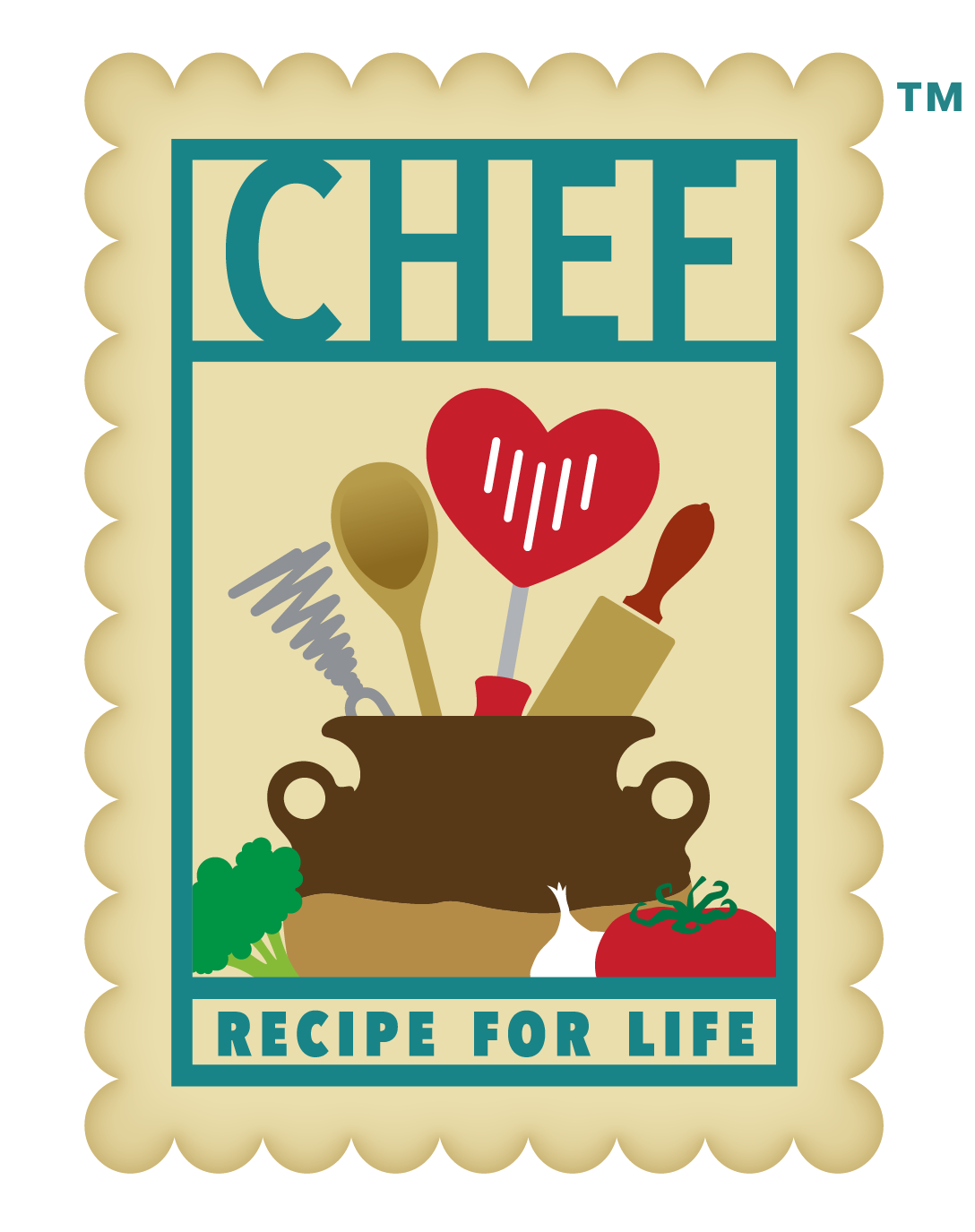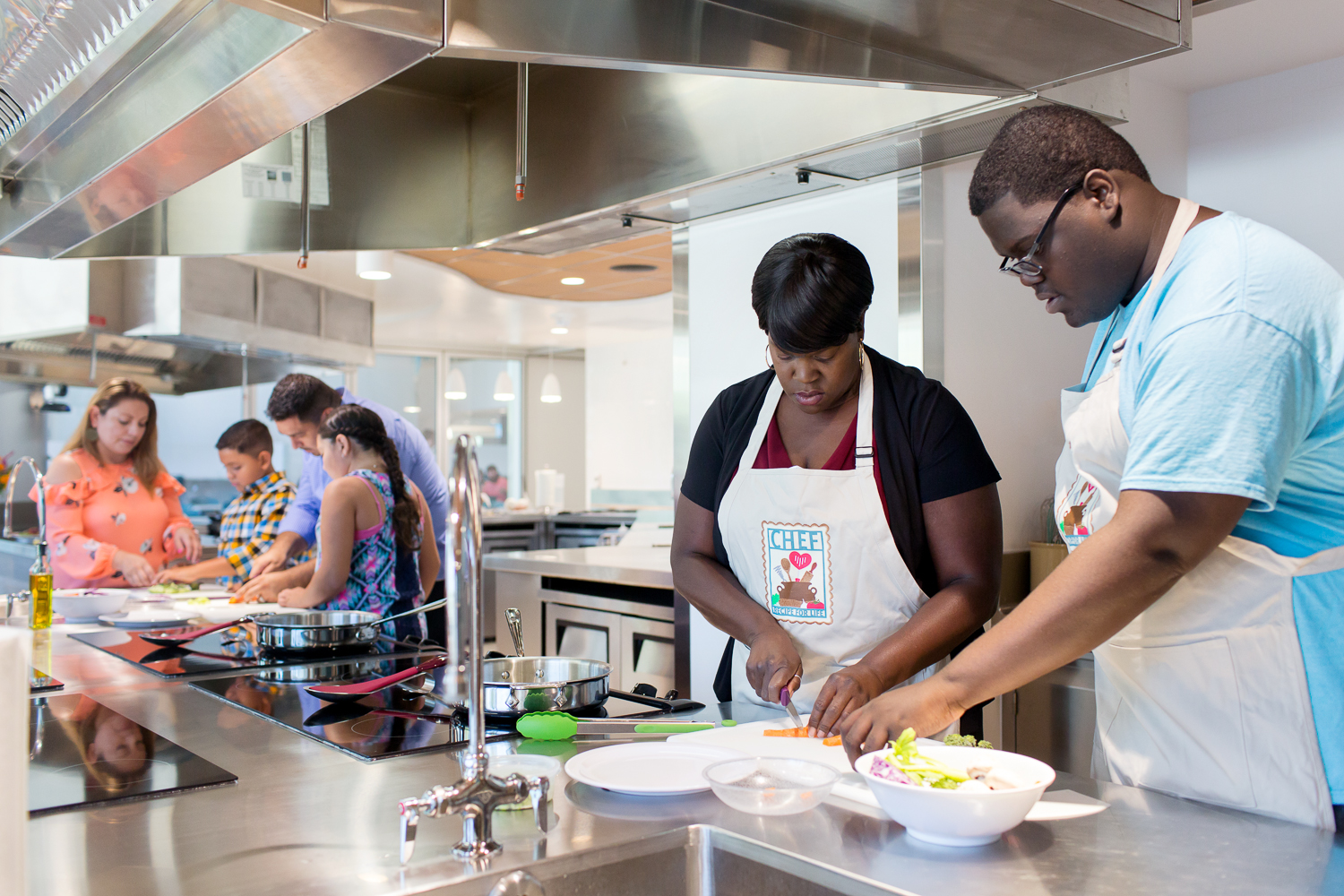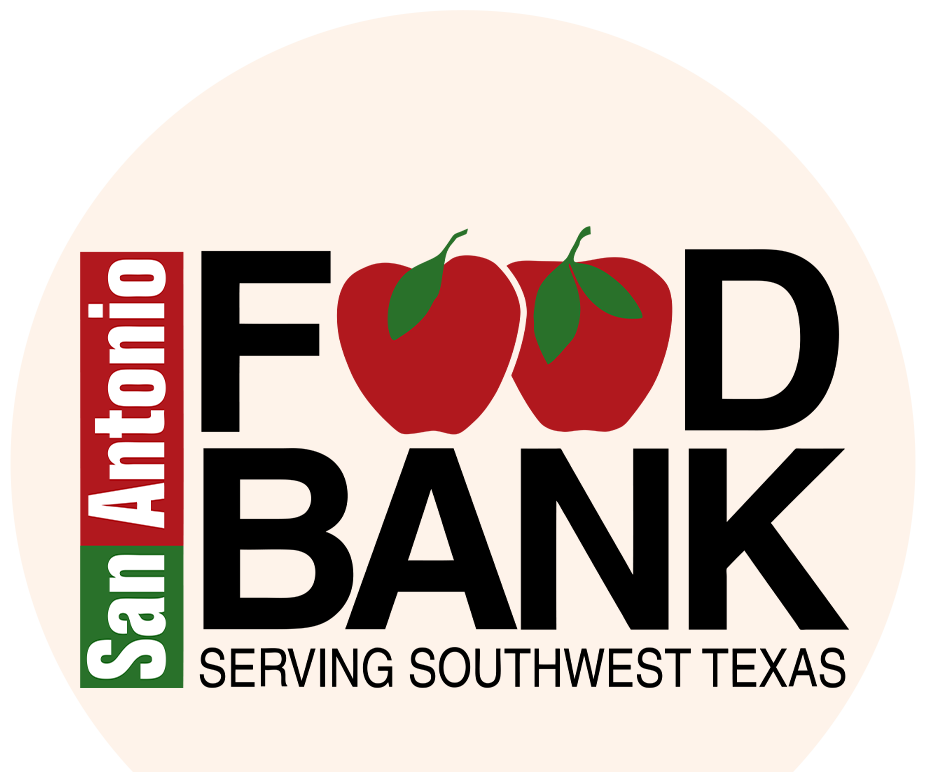by Alexandria Garcia, Graduate Dietetic Intern at The Children’s Hospital of San Antonio
reviewed by Celina Parás, MSc, RDN, LD, Nutrition Education Specialist, CHEF, The Children’s Hospital of San Antonio
Most children have a tendency to dislike food based on its texture, appearance, taste, and smell. If your child is a picky eater, then this is all too familiar. Having healthy meals may be a challenge, but working together with your child can be the start to expanding their palette.
Be Adventurous
Involve your children in choosing new foods. This will give your child a sense of control. Go to a grocery store and pick out a new fruit or vegetable. The produce section can be colorful and is the perfect place to explore. Go home and research interesting facts about the new food. For example, where it grows, what vitamins it has, and how you can cook it.
Test Out Textures
Texture may be the main reason your child does not enjoy a food. Remember, texture is how a food feels in the mouth as opposed to its flavor. For example, the squishiness of a fresh tomato. Chop it up and make salsa or blend it to smooth out the texture. Use this mixture to make pasta sauce and use it on our Bolognese Zucchini Pasta for a better-for-you Italian style meal.
Take Your Time With Tasting
Tasting a new food can be scary for your child, so be patient. Go through the motions of eating from plate to mouth one meal at a time. First, by lifting the food to the mouth and then touching to the tongue. Next, by taking a small bite, big bite, and finally, eating it all. Offer these new foods with some they already eat to make it less stressful.
Cook Together
Cooking together is another creative way to tie in all of these exercises and engage their senses. Pick a healthy recipe and cook it for fun at home or try out one of our CHEF classes. Be creative and play around with different shapes by using cookie cutters. Let your child be a scientist and create a new flavor. Take this time bond and learn about how healthy eating can be an overall positive experience. Lastly, enjoy the food you have prepared as a family.
Although these exercises may not cure your child’s picky eating overnight, they are a great way for your child to build a positive relationship with food.
Sources:
Tanner A, Andreone BE. Using Graduated Exposure and Differential Reinforcement to Increase Food Repertoire in a Child with Autism. Behavior Analysis in Practice. 2015;8:233-240.
Nutrition Therapy for Selective Eaters. Public Home Page – Nutrition Care Manual. https://www.nutritioncaremanual.org/client_ed.cfm?ncm_client_ed_id=308.





